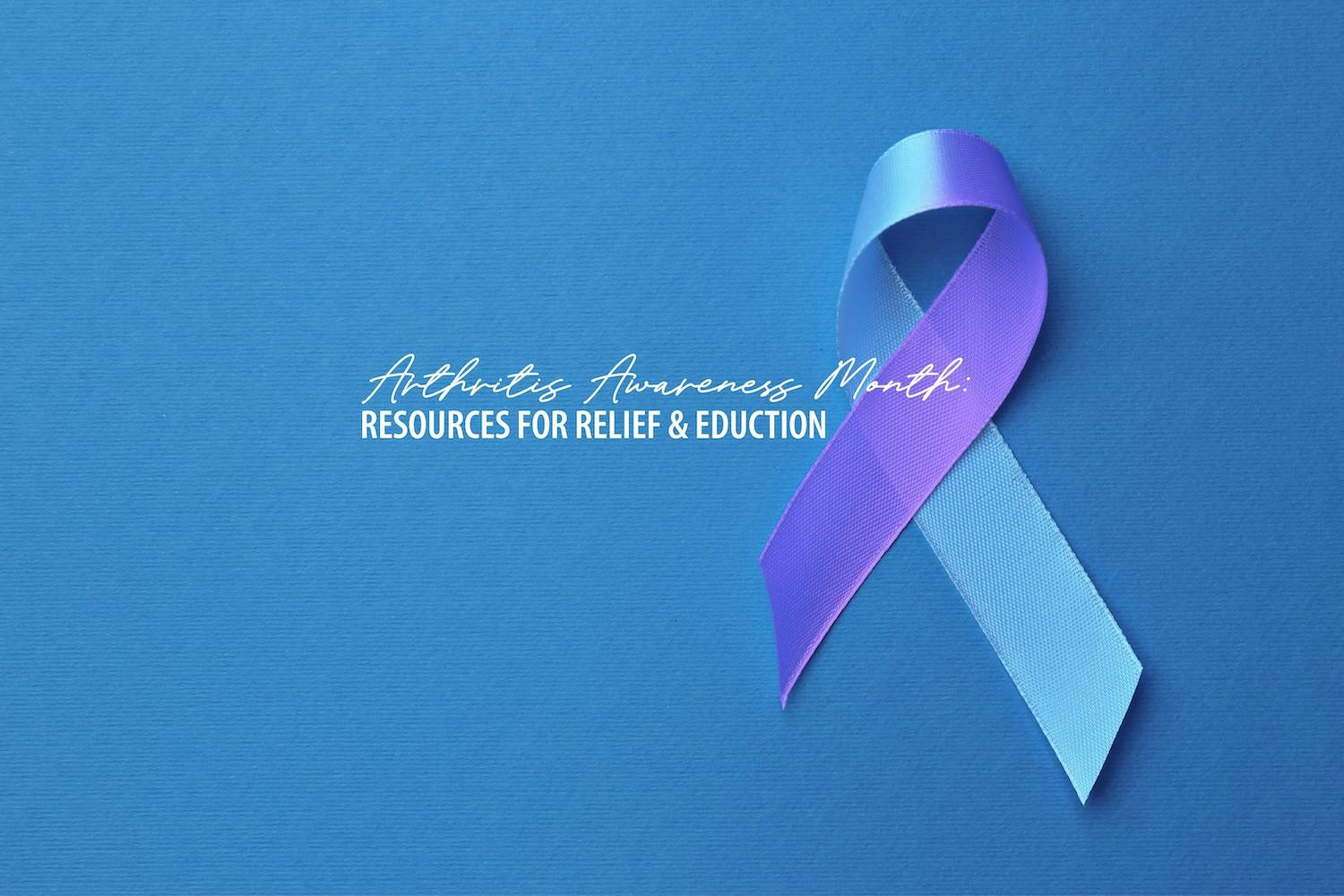- Blog
Adult Reconstruction & Joint Replacement
Posted on 01-08-2026 in Total Knee Arthroscopy, Knee Pain, Total Hip Arthroscopy, Hip Pain, Knee & Hip by Dr. Brett Smith

Posted on 01-08-2026 in Total Knee Arthroscopy, Knee Pain, Total Hip Arthroscopy, Hip Pain, Knee & Hip by Dr. Brett Smith
As a subspecialty of orthopaedic surgery, Adult Reconstruction includes the in-depth study, prevention and treatment of musculoskeletal injuries and conditions caused by various diseases and disorders using innovative surgical and non-surgical intervention. At North Florida Bone & Joint Specialists, our expert subspecialist, Dr. Brett Smith, focuses on the care of knee and hip arthritis and other disorders related to the knee and hip.
Additionally, Dr. Smith and his team specialize in total joint replacement of the knee and hip. Total joint replacement is a surgical procedure in which parts of an arthritic or damaged joint are removed and replaced with a metal, plastic, or ceramic device. These prostheses are designed to replicate the movement of a normal, healthy joint.
Total hip replacement surgery is a safe and effective option to relieve pain, increase motion and help patients return to everyday activities they once enjoyed. According to the Agency for Healthcare Research and Quality (AHRQ), more than 450,000 total hip replacements are performed yearly in the United States. That number is expected to rise to 850,000 procedures by 2030.
Typically, candidates for Total Hip Replacement are those who have damage from arthritis, fractures or other conditions that medications, changes in activities and use of mobility supports have not helped. These patients find simple activities, such as walking or getting out of a chair, painful and difficult. They may experience stiffness in the hip, making it uncomfortable to rest in bed or impossible to put on shoes and socks.
First performed in 1968, total Knee Replacement Surgery is equally as safe and even more common than hip replacements, with more than 754,000 procedures performed in 2017 in the U.S., according to the AHRQ. This surgical option may also be appropriate for patients who have not responded to medications or find that walking supports are no longer helpful. Surgical candidates typically have severe damage from arthritis or an injury, experience pain from simply walking or climbing stairs and may find sitting or lying down painful.
With both types of Total Joint Replacement, recovery varies by patient, but using the “new” replaced joint is encouraged. Some temporary pain is expected in the replaced joint due to inactivity and weakness of the surrounding muscles as the body adjusts to the new joint and healing tissue. However, this pain typically resolves within a few months. Rehabilitation, including an exercise program devised by your surgeon and physical therapist, will aid in the restoration of joint strength and movement.
The goal of these life-changing procedures is an improved quality of life, with less pain and improved motion and strength. Over the long term, the vast majority of patients can more easily perform daily activities that have become difficult or impossible after total joint replacement surgery.
To learn more about Dr. Smith’s background and experience, visit his page or complete an online appointment request to schedule a visit.

May is Arthritis Awareness Month, an opportunity to increase public understanding of arthritis and its impact on millions of lives. Established by the Arthritis Foundation, this national observance highlights the importance of early diagnosis, effective treatment, and ongoing research to improve the quality of life for those with arthritis.

With summer in full swing and children taking advantage of more time to participate in sports-related or other outdoor activities, it’s essential to be mindful of injury prevention while encouraging their interest in activities that don’t involve screen time!

May is National Arthritis Awareness Month, and of the more than 100 forms of this painful condition, many can affect the ankle. In fact, almost half of people in their 60s and 70s have arthritis of the foot and/or ankle, but not all of them have symptoms.